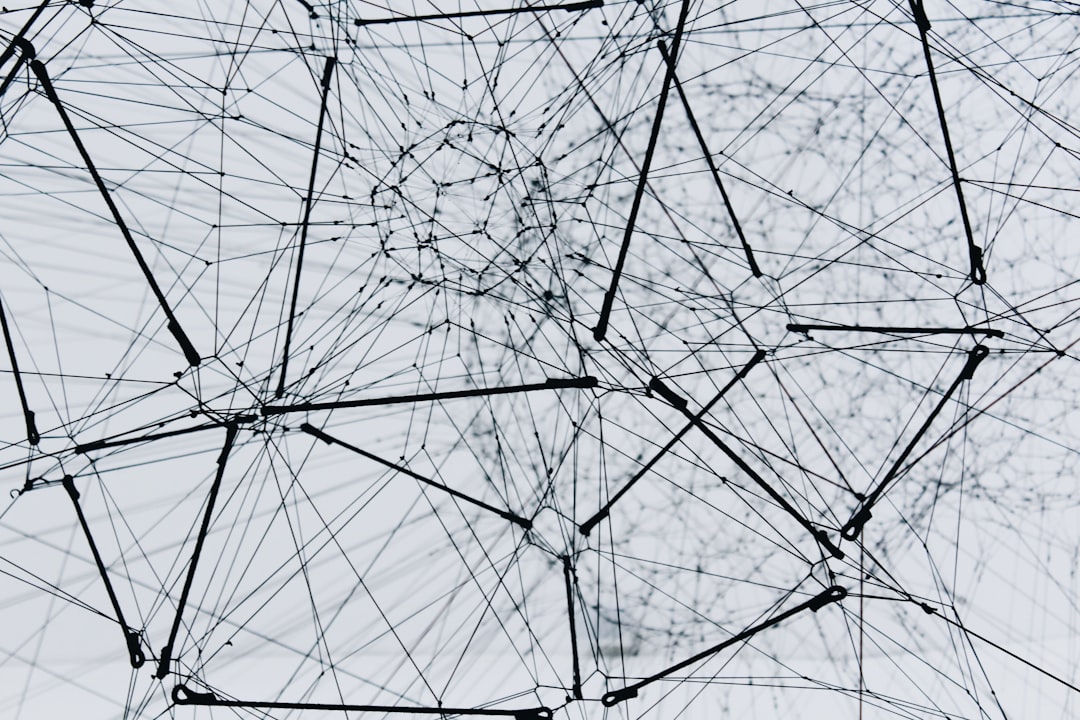What is it about?
Image analysis has been a fast-developing field, with applications in medicine, motion detection, remote sensing, and in many other critical areas. It has also been brought to art, perhaps the most personal and subjective mode of human expression, with the hope of providing an objective way of classifying artworks. However, the information extracted from images is typically reduced to a single index, such as the fractal dimension or a relevant topological parameter. In this work, we propose a new way of characterizing images, including abstract paintings, using a uniquely determined curve called fractal contour. We illustrate the value of such an analysis on selected two-color paintings and prints of five master artists, and interpret fractal contours of these artworks.
Featured Image

Photo by Hassaan Here on Unsplash
Why is it important?
Unlike most previous methods, the new approach does not depend on the details of the numerical procedure deployed or the orientation of the artwork. Furthermore, instead of reducing the entire painting or a drawing to a single value, fractal contours provide a wealth of information about their scaling properties. Crucially, the method can be extended to gray-scale and color images, and thus applied to any digital image, whether a photograph, an artwork, or a natural form. In the future, it may find applications as an additional tool for interpreting medical images such as ultrasound and MRI scans.
Read the Original
This page is a summary of: Fractal contours: Order, chaos, and art, Chaos An Interdisciplinary Journal of Nonlinear Science, June 2024, American Institute of Physics,
DOI: 10.1063/5.0207823.
You can read the full text:
Contributors
The following have contributed to this page










